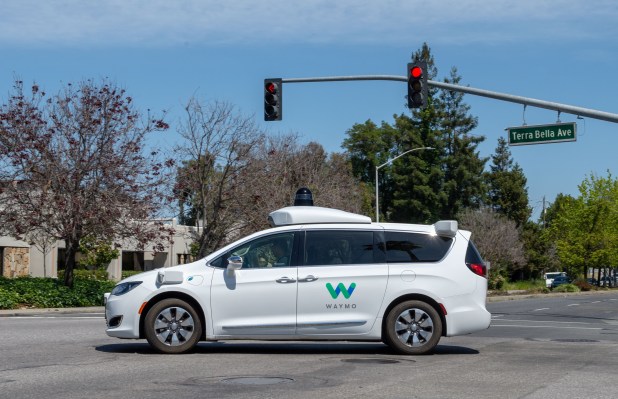Driverless mobility requires insights into human factors and behavioral psychology

Google has been working on autonomous vehicles — one of the biggest challenges in AI — for more than a decade, but it’s learning that the hardest part might just be getting people to enjoy the ride.
“This is an experience that you can’t really learn from someone else,” Waymo’s Director of Product Saswat Panigrahi told TechCrunch, while explaining the work he oversees around driverless development. “This is truly new.”
The sheer novelty of designing a UX (user experience) for driverless mobility has drawn Waymo away from hard science-based technologies where tech giants often feel most comfortable. In the place of data, sensor and neural net development, Waymo finds its driverless development gated by painstaking research into human factors and behavioral psychology. Despite making critical decisions to avoid delving into the mysteries of human behavior and interactions, Waymo is finding that such research is an unavoidable challenge on the road to driverless mobility.
“User research has always been a big part of the development process,” said Ryan Powell, the company’s head of UX Research and Design.
In 2012, when the Google Self-Driving Car program was “dogfooding” a highway-only driver assistance system called “AutoPilot,” its in-car cameras found that employees were over-relying on the limited automation in dangerous ways. As a result of videos showing Googlers putting on makeup, using multiple devices and even falling asleep while using the system that they’d been told required constant observation, the decision was made to cancel AutoPilot product plans and focus on fully autonomous driving. “That was a big moment for the user research team because we had a big impact on the work that we were doing at Waymo in terms of making that commitment to Level 4 autonomy,” Powell recalls.



